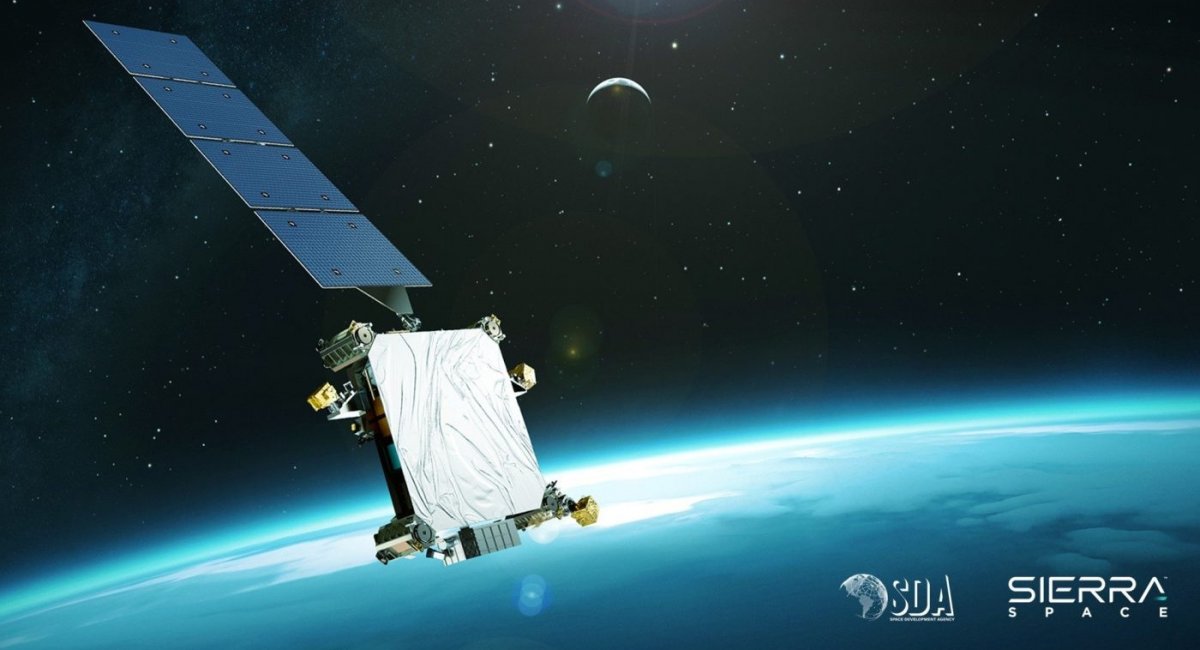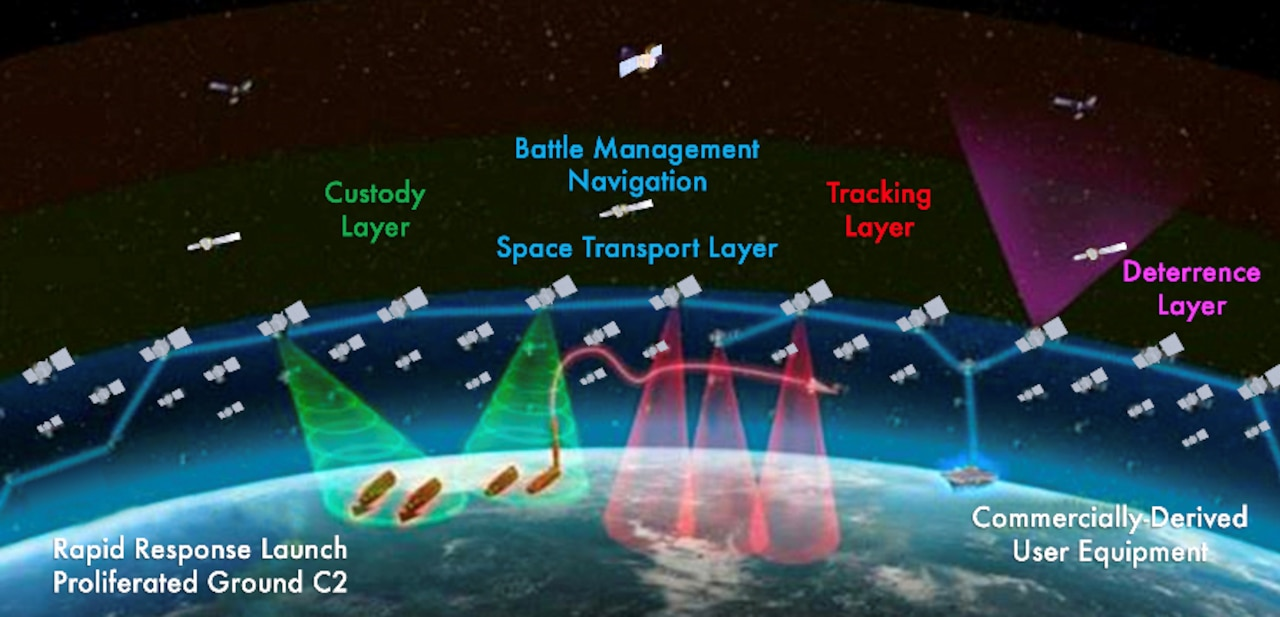
US satellite surveillance: new PWSA program will track hypersonic and ballistic threats from Russia and China
Within the framework of this program, an order was issued for the construction of 54 satellites at once, which will significantly enhance the US intelligence capabilities.
The Pentagon is moving forward with its Proliferated Warfighter Space Architecture (PWSA) project and has now selected companies that will make satellites to track next-generation enemy missiles. We are talking about three companies – L3Harris, Lockheed Martin and Sierra Space – whose contracts were announced by the Space Force Procurement Division.

The total amount that these companies will receive is $2.5 billion, with L3Harris receiving the most ($919 million), followed by Lockheed Martin ($890 million) and finally Sierra Space ($740 million). They won in a “really competitive” tender, which included nine companies in total, according to Defense One.
Each company is to build a total of 18 satellites, 16 of which are designed to warn and track ballistic and hypersonic missiles, and two more are “pre-fire control” satellites with more sophisticated sensors to collect data and transmit information to interceptors.
That is, we are talking about a total of 54 satellites, and this will be more than half of the total number – “somewhere around 100 satellites. At the same time, as of today, the U.S. Missile Defense Agency has four tracking satellites in orbit as part of the Tranche 0 batch, four more are awaiting launch, and then there are 35 Tranche 1 satellites that will provide operational capabilities for fighter jets.
In general, the Space Force plans to launch satellites into low Earth orbit by April 2027 as part of Tranche 2. However, all of these plans depend on funding, which will only be available if Congress passes a defense budget for 2024, as the Missile Defense Agency emphasizes.

The U.S. Missile Defense Agency is also working on fire control satellites under the Hypersonic and Ballistic Tracking Space Sensor Satellites program.
(HBTSS), and there have been some successes in this direction. It is also known that the six satellites of this program will have wide- and medium-range cameras to analyze larger areas and better images.

